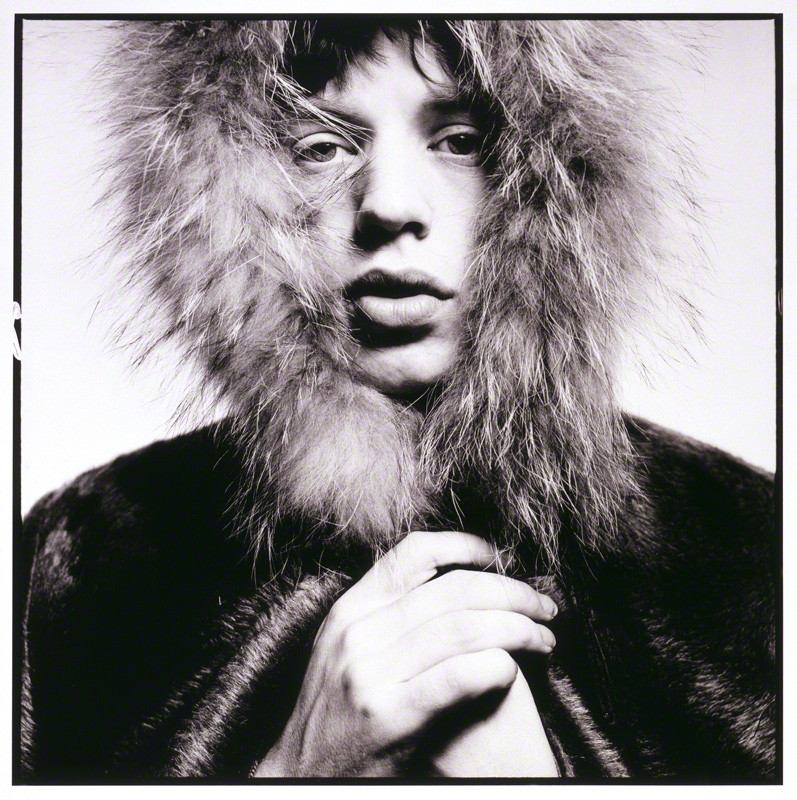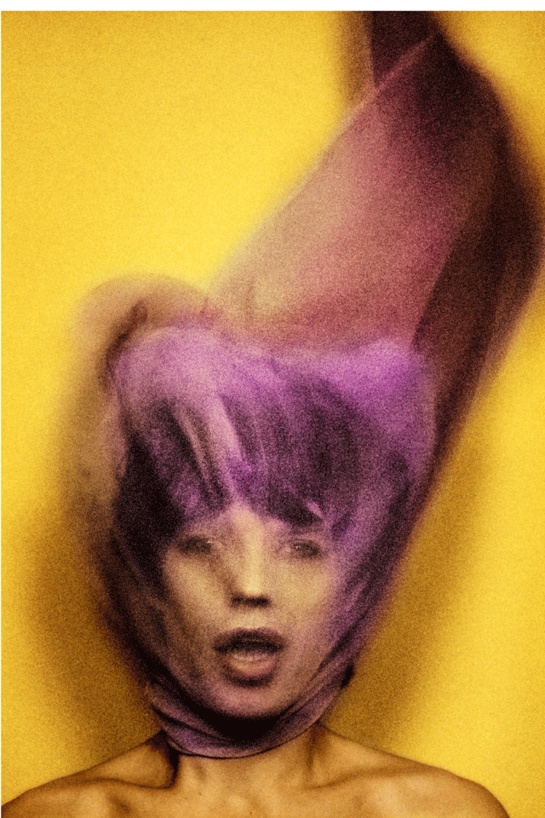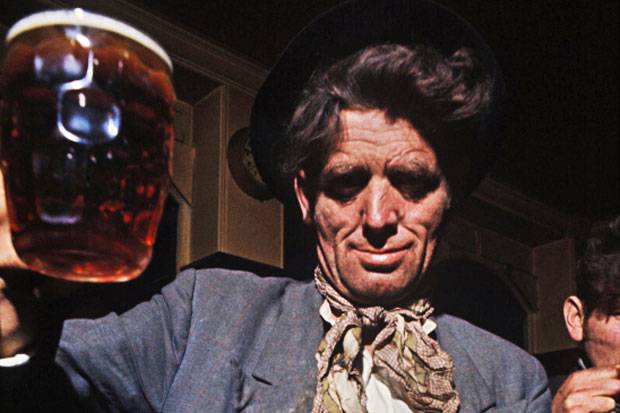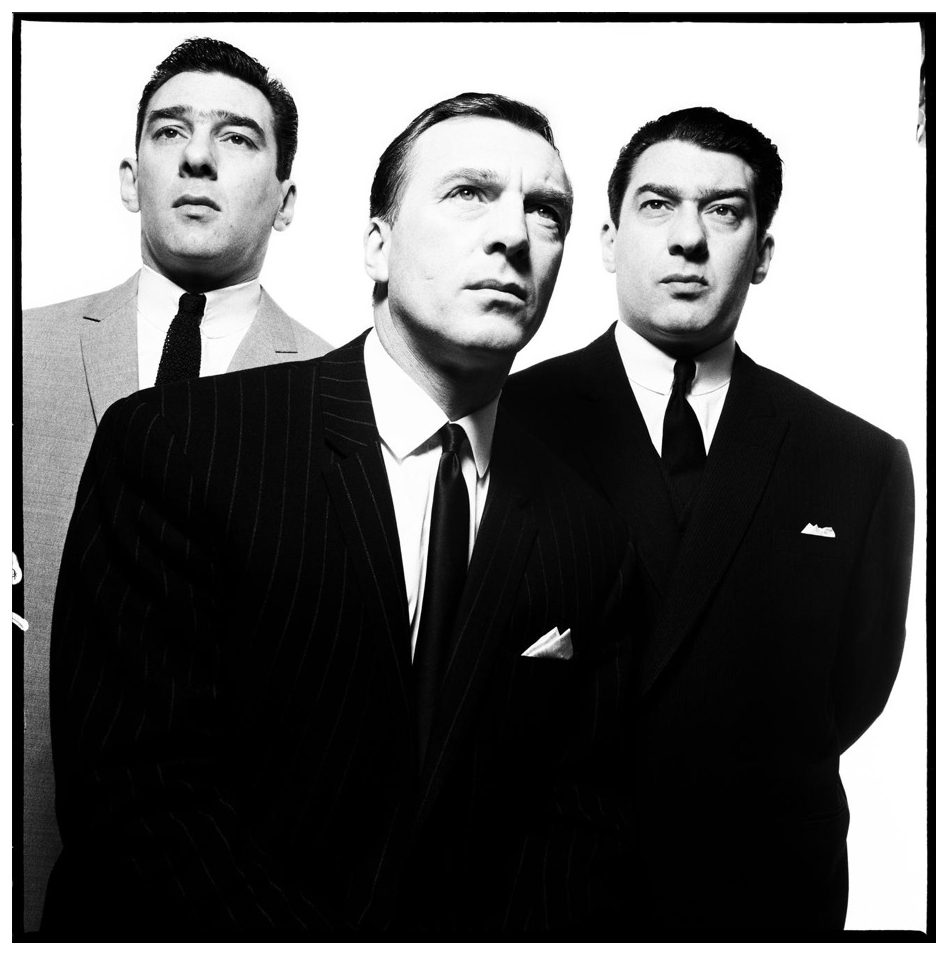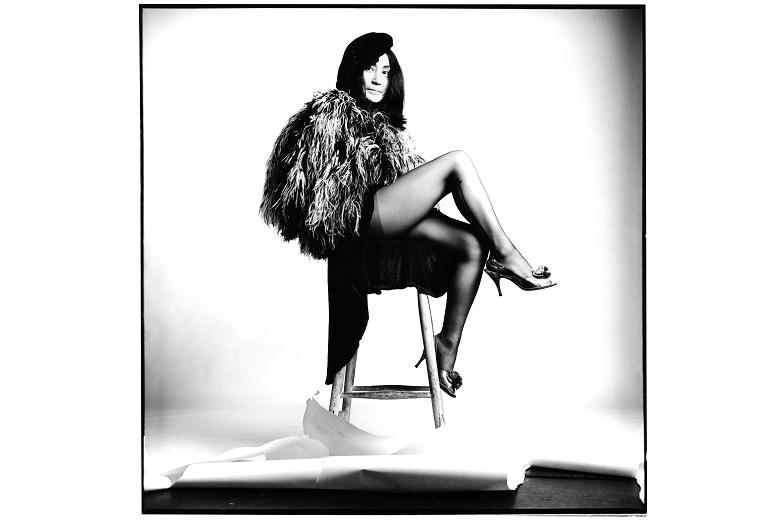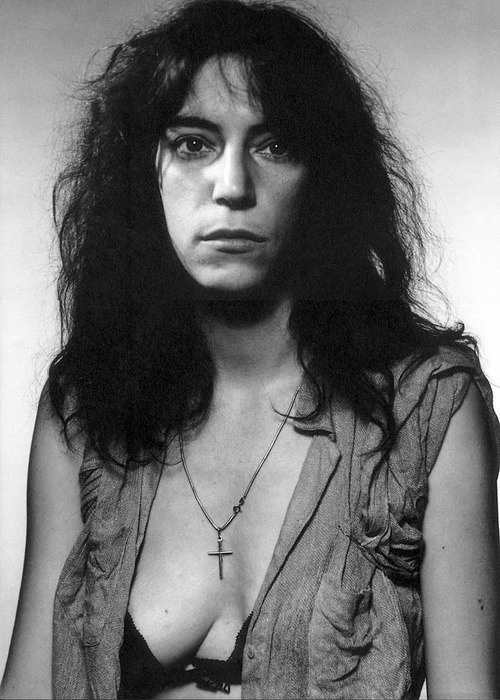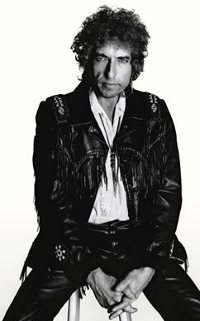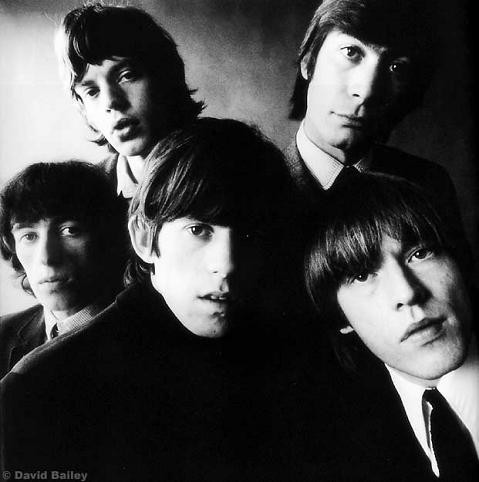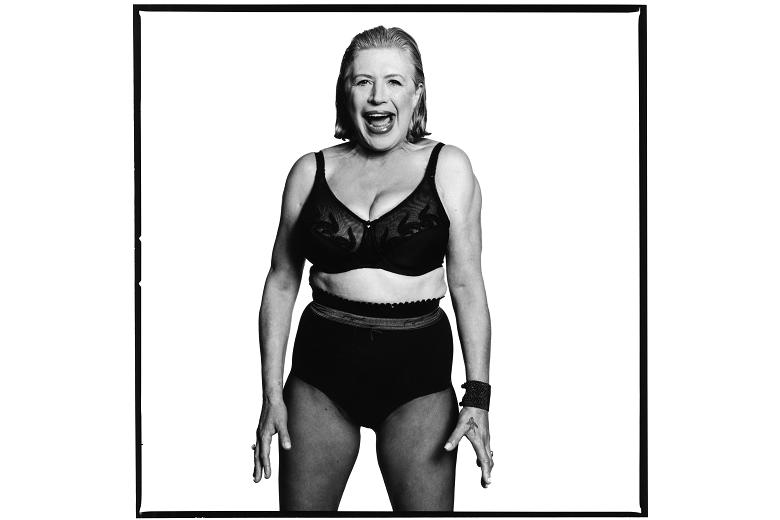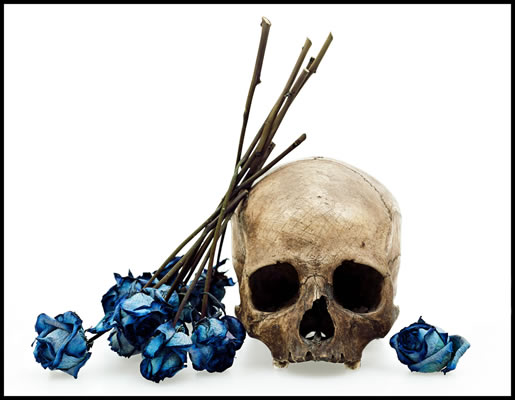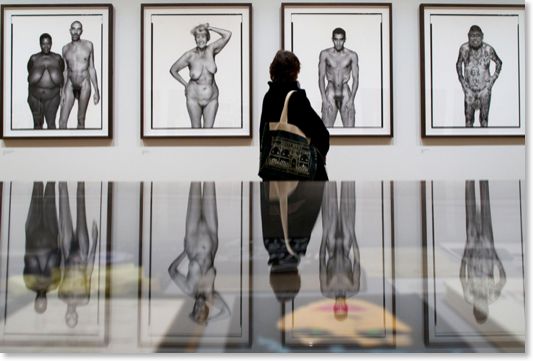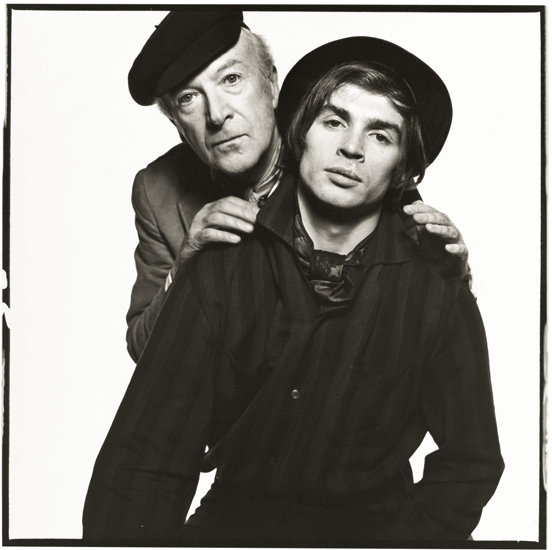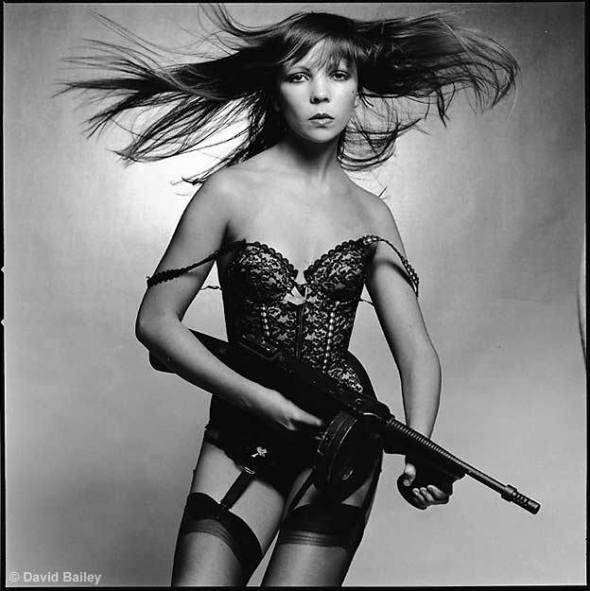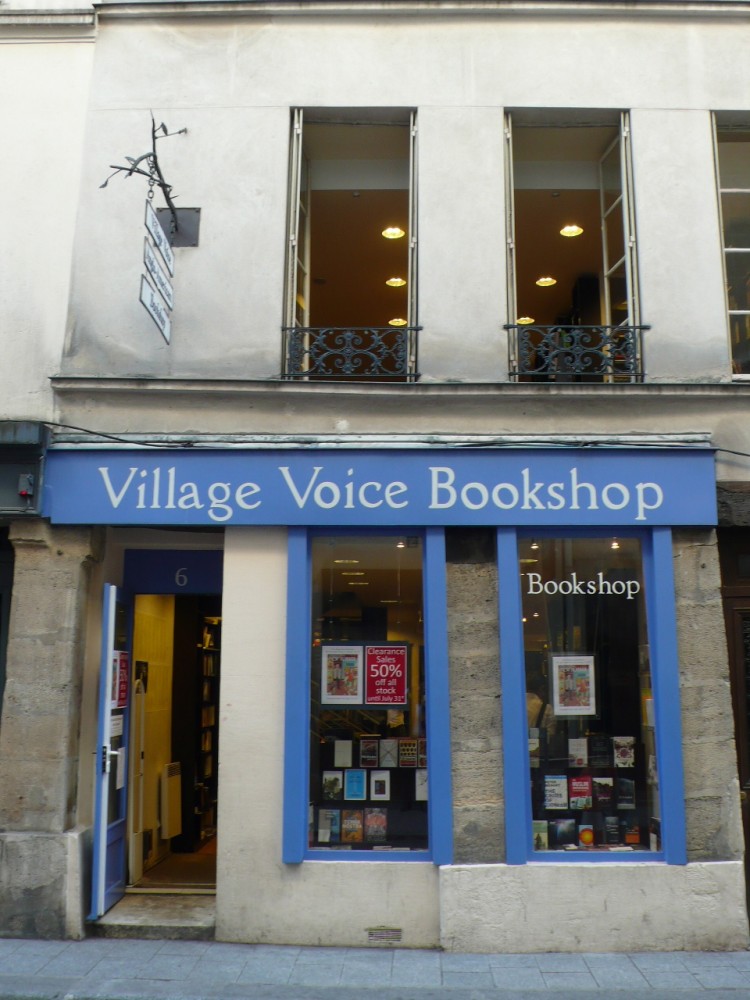
Nothing more disappointing than finding one of your favourite bookshops has gone. This was the case for me with The Village Voice in Paris. I hadn’t been in the city for a couple of years. It was a shock to find the finest English-language bookshop closed for business. Odile Hellier was always very welcoming. Several decades ago and in another century, she effected an introduction to Edmund White, one of my favourite writers. The readings by the likes of Richard Ford and Raymond Carver on the mezzanine floor were always packed. You could pick up and browse the little magazines when you didn’t have the money to buy them. I was living in Asia for most of the eighties and nineties, and so it was a pit stop for books before boarding the plane.
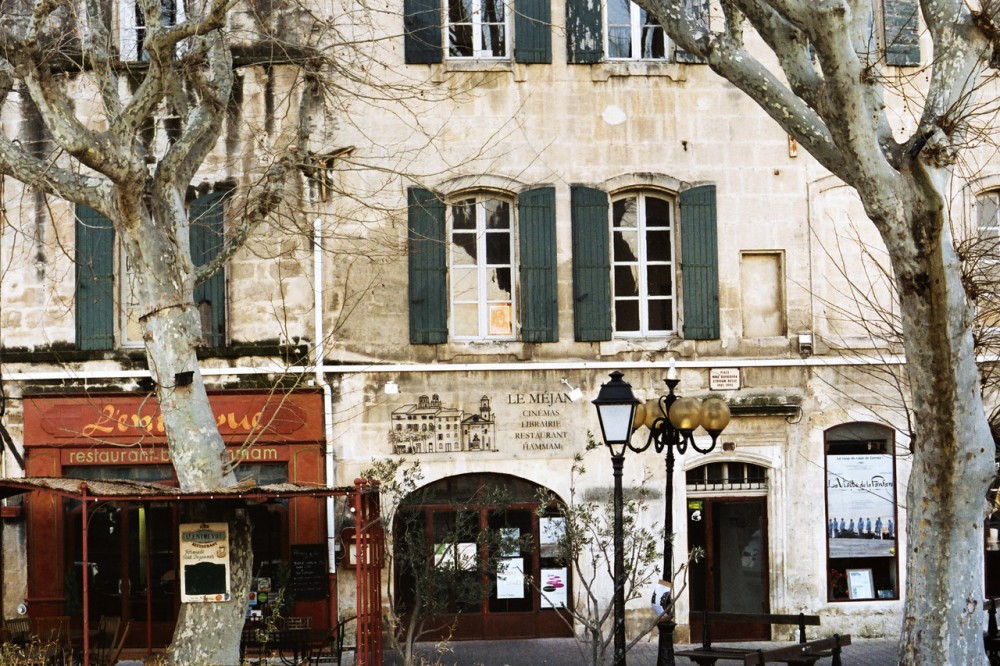
Actes Sud bookshop and publishing house on the Place Nina-Berberova, Arles
Actes Sud in Arles seems to be thriving – but you never know. It’s a French-language bookshop which was particularly bustling during the photography festival. It must be the only bookshop in the world with a Tauromachie section – bullfighting. In the warren of books you will also find a North African hammam, with women-, men-only and “mixed couple” hours and days, serving mint tea. There are two cinemas showing art-house films. The documentary Finding Vivian Meier was featured last week. Out on the pavement facing the Rhône there’s the usual cafe that becomes a restaurant at meal times.
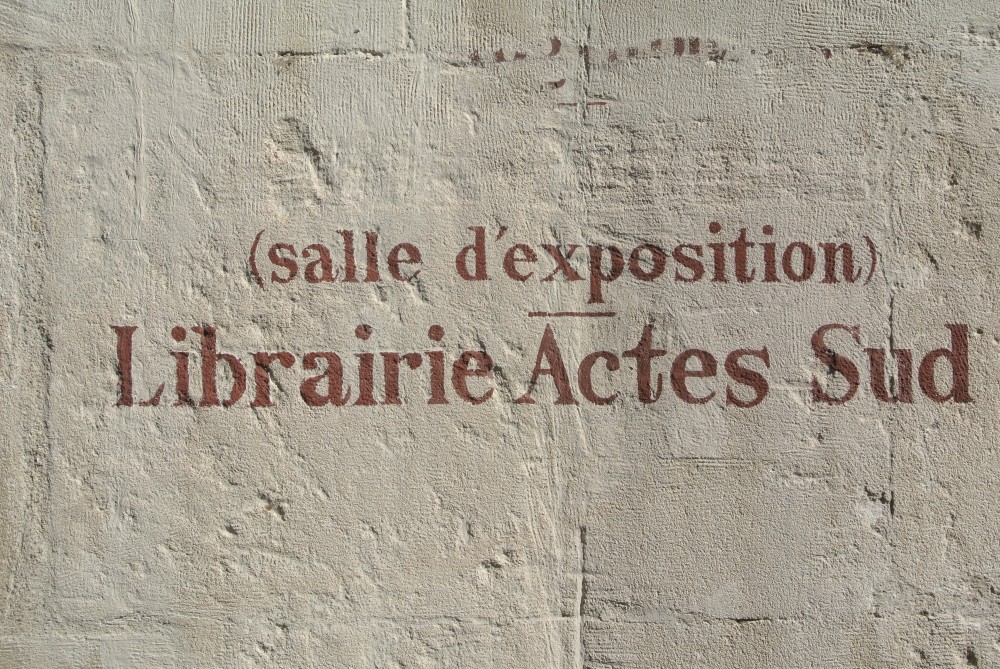
But it’s also a publishing house, one of the few outside Paris with clout and savvy. They publish many Anglophone writers in translation and a healthy stable of home-grown talent – Laurent Gaudé (Prix Goncourt 2004), the Irish writer John Banville, as well as more abstruse intellectual journals.
A major new addition to Arles is the Fondation Vincent van Gogh which opened its doors earlier this year. Van Gogh painted some of his best known canvases in and around Arles. The ‘Yellow House’ in particular can still be visited on the Place Lamartine.

Van Gogh, The Yellow House, 1888
The exhibition space feels a bit cramped at times. It is formed by joining two old houses via a striking glass-roofed atrium. The lifts, staircases, wheelchair access, white cube rooms with their security guards feel crammed in. There’s a wonderful view of the Arles roofscape, which hasn’t much changed from Vincent’s time, from the flat roof terrace.
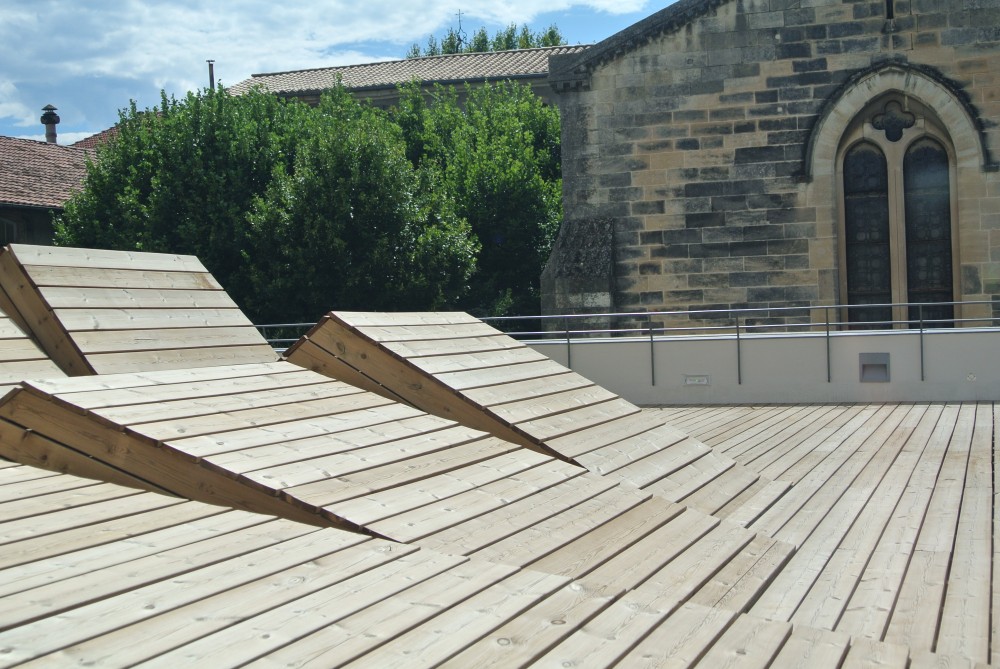
New roof, old roof, Fondation Vincent van Gogh, Arles
The exhibition places van Gogh’s work in a number of contexts – Northern European realism, Impressionism, Japanese prints. Van Gogh’s approach to colour developed quickly under the sun. The other art tends to be upstaged by the mad master’s vivacity. I really liked Camille Corot’s Un Chemin dans les Bois de St. Cloud, 1862, because it reminded me of a walk there in 1979-80. Same dark woods, forest light, dank underfoot.
Van Gogh’s delicate sketch in oils, Impasse des Deux Frères, 1887, with its mobile puppet theatre and the wings of the Moulin des Trois Frères in the background – also recalled old Montmartre days. French flags flying. Creamy white light. Trees skeletal. Snow underfoot.
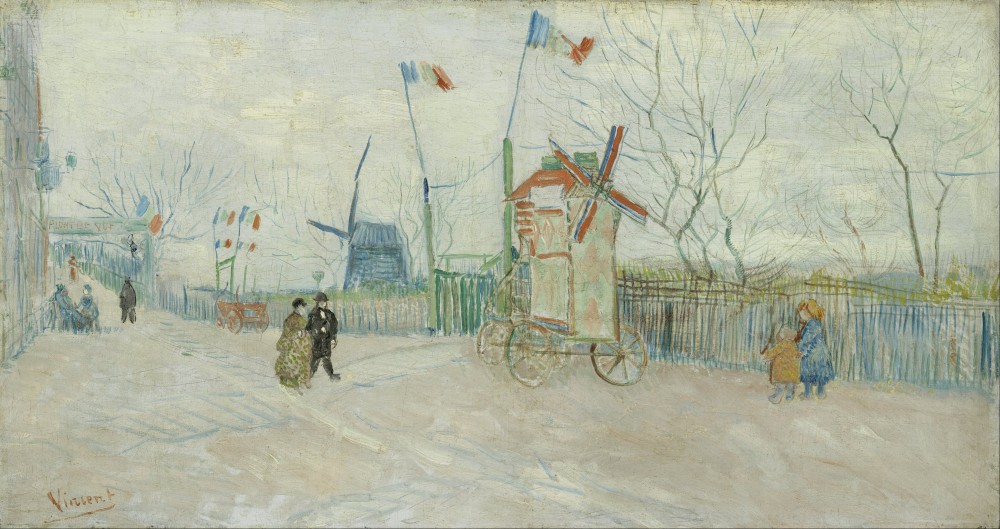
Van Gogh, Impasse des Deux Frères, 1887
It’s a pity the gift shop is full of baubles and tchotchkes – the yellow house on your iPad cover. An iPhone case with a detached ear printed on it gave me some pause. Like coffee shops the world over, museum shops are more and more homogenised tat. Restaurants and language have gone that way too, with the over-use of formulaic statements and fashion food dressed up as gourmet – a chiffonade of this, a smear of that. Have a nice day!
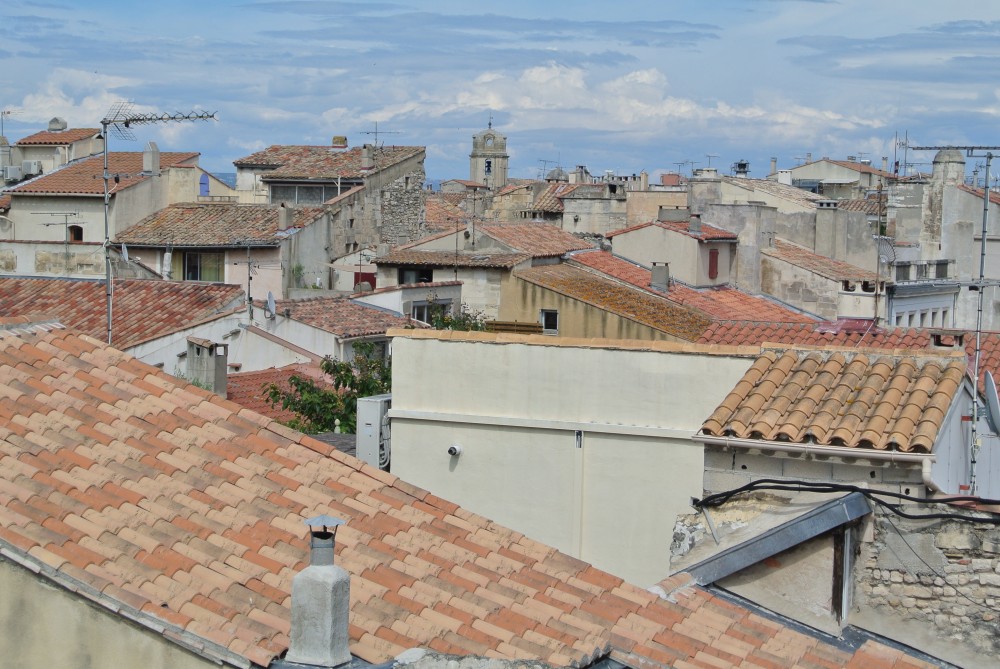
Arles rooftops
And then out into the bright air by the Rhône. The streets were full of designer wear and the clopping of good shoes on cobbles. People with ID tags round their necks. The lovely stone.
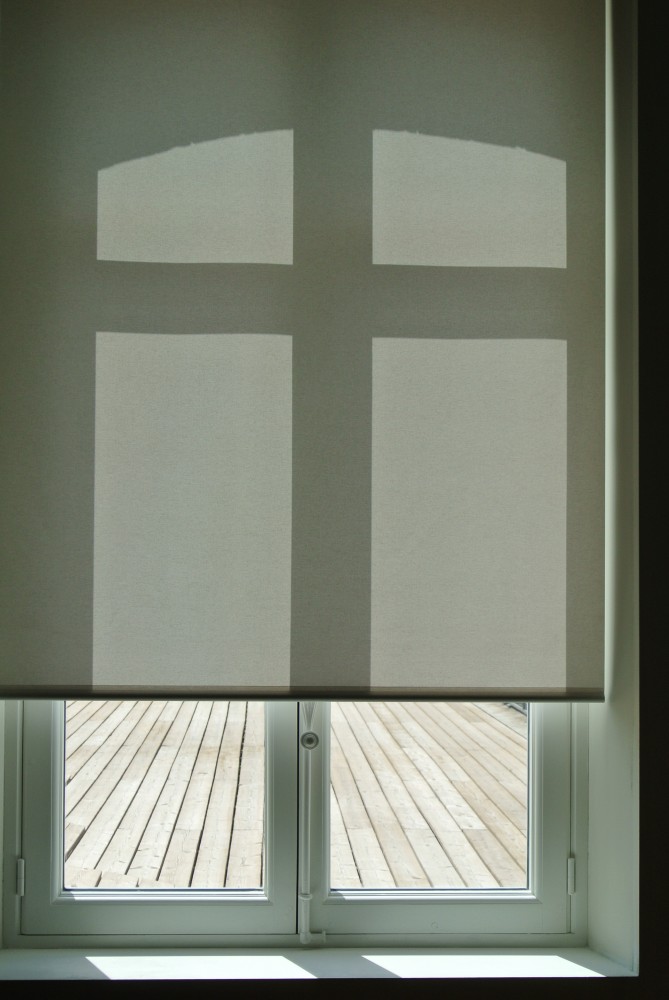
Le contre-jour, Arles
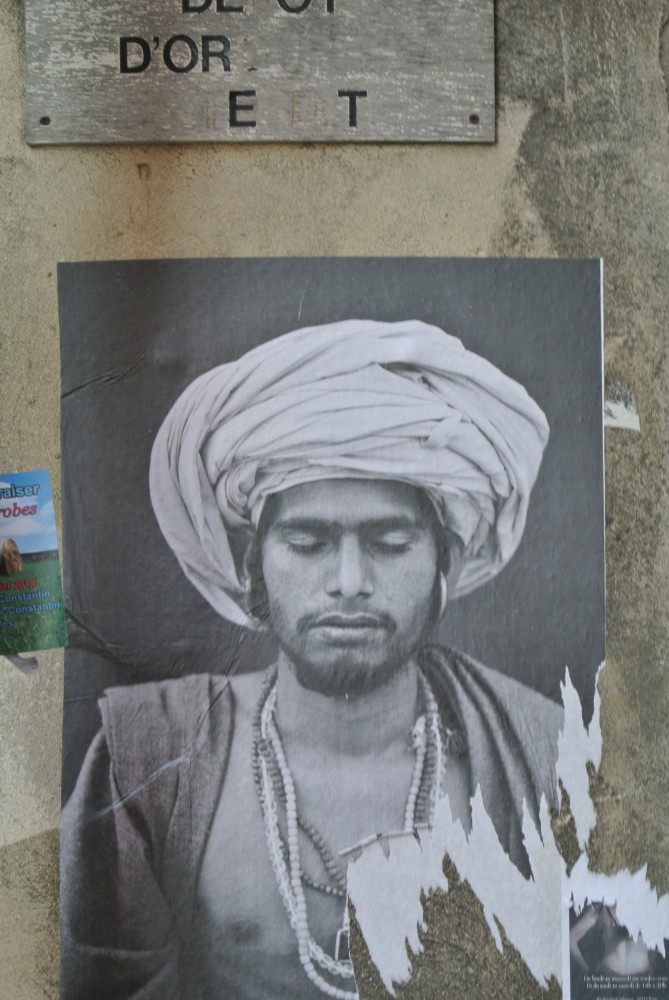
Street art, Arles 2014


